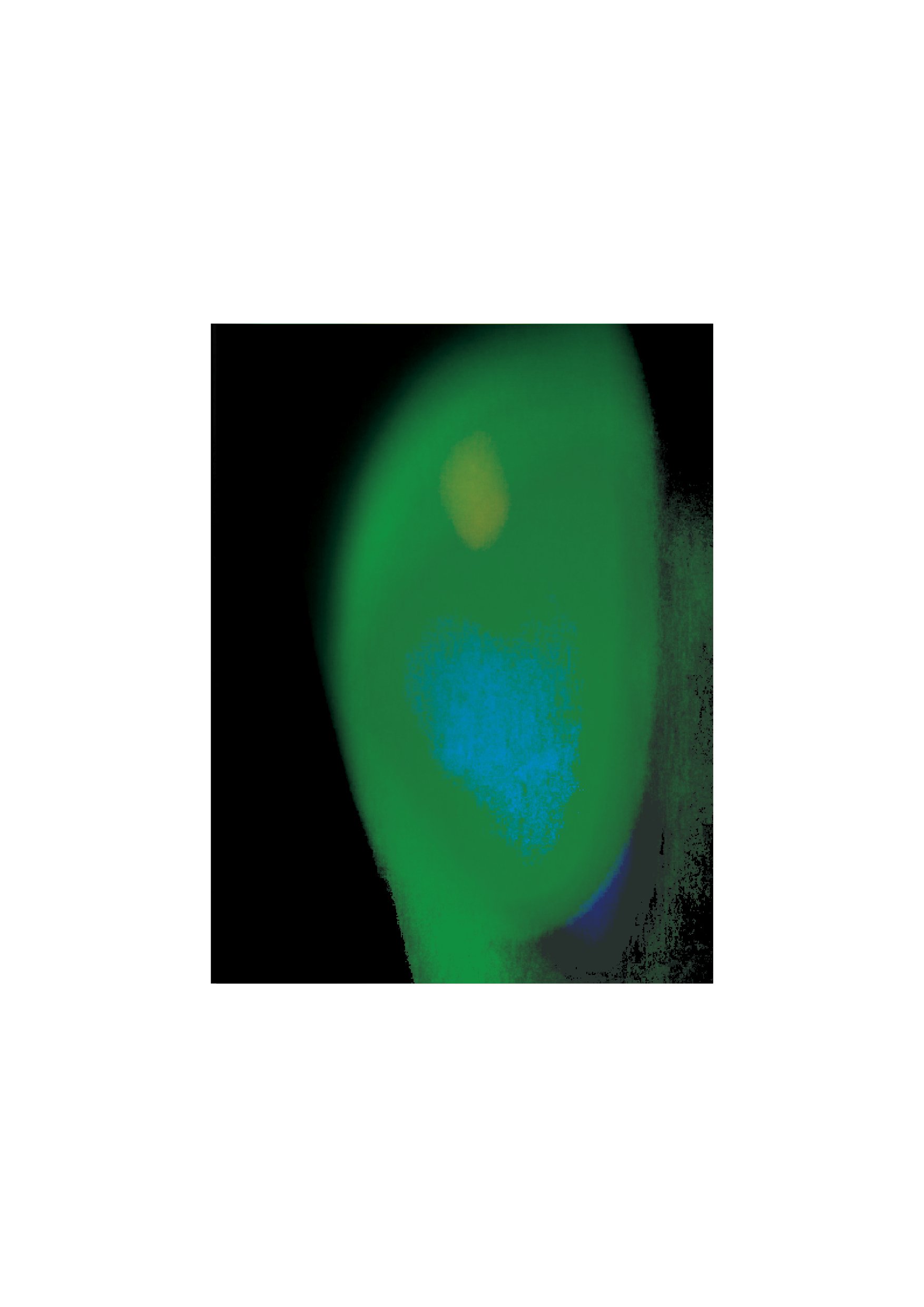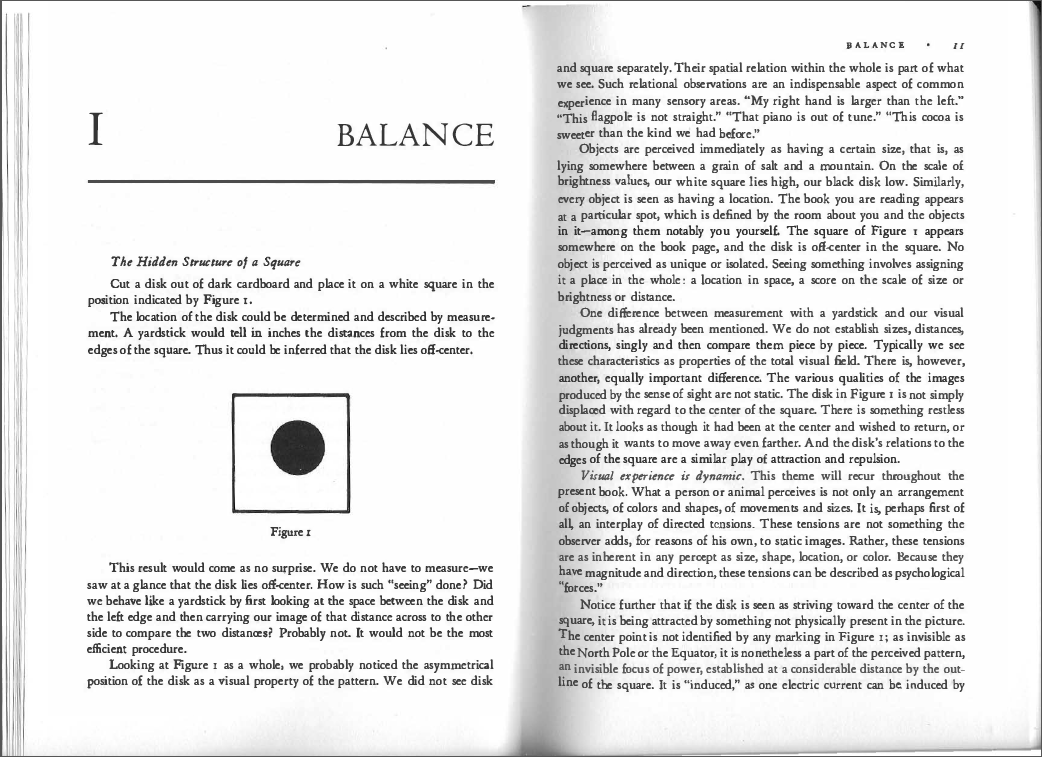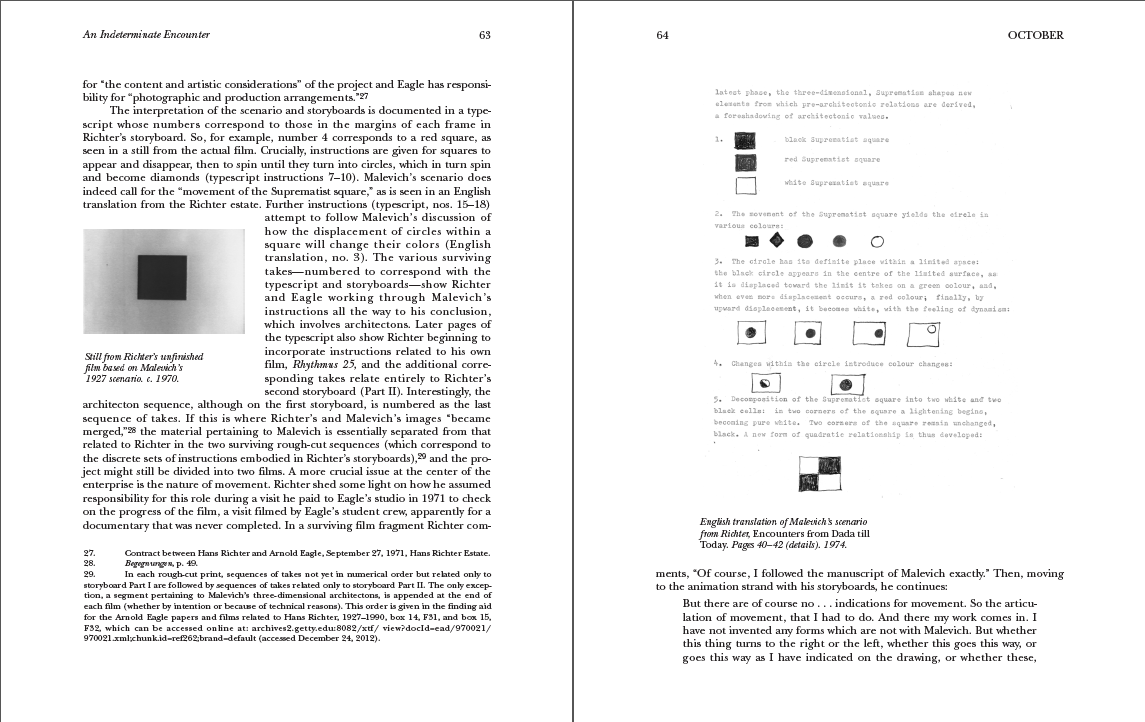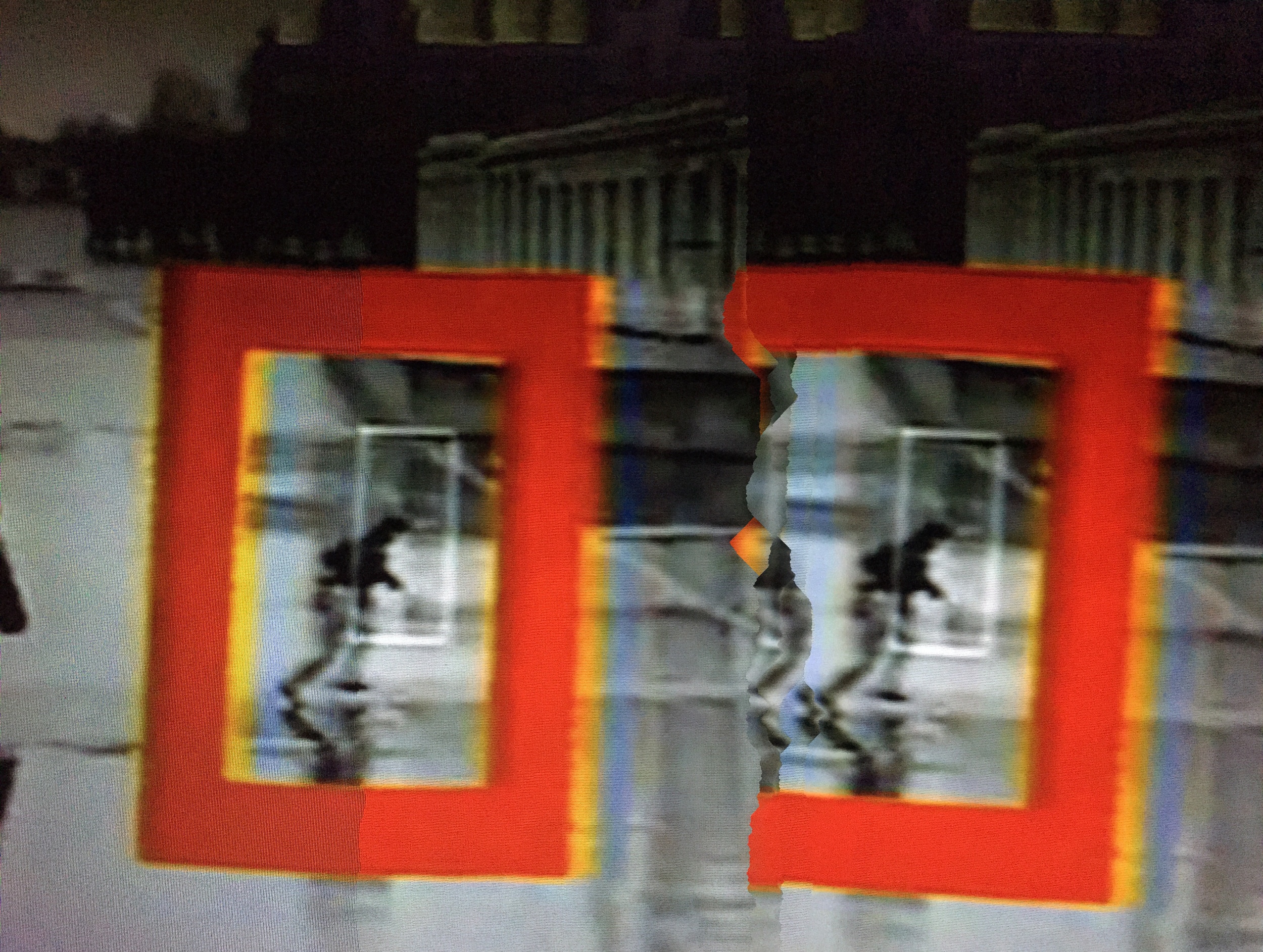“Move 37 is an emblem of the AI revolution for two reasons. First, it demonstrated the alien nature of AI” … “Second, Move 37 demonstrated the unfathomability of AI.”
Read Morescalable pixel
and or and not /
scaleable pixels / boolean logic … the invisible everywhere
click image - webcam feedback loops, screencaptures
Boolean logic is a type of algebra in which results are calculated as either TRUE or FALSE (known as truth values or truth variables). Instead of using arithmetic operators like addition, subtraction, and multiplication, Boolean logic utilizes three basic logical operators: AND, OR, and NOT.
a contiguous expanse
multiple frames /
recomposited : from code to cortex to cognition
As we navigate the contemporary our reliance on our devices to mediate between our reality and imagined environments has become more and more evident as we shift from an analogue interaction into a digital interface. Our new devices facilitate a transaction whereby they operate as the inputs and outputs to our everyday life. They function as both a gathering device and as the transmitters of information which not only manifests itself through the vast amount of data we consume but also through the treatment and proliferation of images in our contemporary media.
recomposited : from code to cortex to cognition
recomposited_cover2
extracts ... a dichotomy of mind where we are consumed by the sheer volume of its existence yet simultaneously define its very being through our participation.... As everyday life increasingly becomes immersed within the digital environment how might our codification affect our visual perceptions, cognitive processes and our rationality ... will this type of assimilation exclude our ability to interpret those unseen spaces, those moments which are composed through a process of intuition and experiment …
pattern recognition :: Marshall McLuhan
“... You cannot cope with vast amounts of information in the old fragmentary classified patterns. You tend to go looking for mythic and structural forms in order to manage such complex data, moving at very high speeds, so the electric engineers often speak of pattern recognition as a normal need of people processing data electrically and by computers and so on – a need for pattern recognition.”
McLuhan, M. (1968) Marshall McLuhan Speaks, Centennial 2011: Pattern recognition [Video file]. Retrieved from: https://marshall-mcluhan-speaks.com/soundbites/pattern-recognition
" ...what now matters most is not the production of new content but its retrieval in intelligible patterns through acts of reframing, reiterating, and documenting."
Joselit, D. (2013). After Art. Princeton, NJ: Princeton University Press. (p. 55-56)
“We see and comprehend things as patterns, as meaningful events, because of the way our brains operate and they are made for the interpretation of a certain type of information, a certain type of world.”
Donath, J (2007). The imperfect observer: Mind, machines and materialism in the 21st century. MIT Media Lab. Retrieved from http://smg.media.mit.edu/papers/Donath/TheImperfectObserver.pdf (p. 10)
"Personal experience is frequently rooted in collective and practical activities whose nature is stable, coherent, and patterned, although constantly, if minutely, in flux."
Coleman, G. (2013). Coding Freedom. Princeton, NJ: Princeton University Press. (p. 27)
“...participants can discern the relative complexity and orderliness of paintings or patterns after only a single glance afforded by a 50 msec [millisecond] exposure...”
Cupchik, G. (2011). The Digitized Self in the Internet Age. Psychology of Aesthetics, Creativity, and the Arts, 5(4) 318–328. (p. 321)
"The analysis of such massive data sets is an important and challenging task, since researchers and analysts are interested in patterns in the data, including associations, correlations or exceptions."
Keim, D. A., Schneidewind, J., Sips, M. ( 2006). Scalable Pixel-based Visual Interfaces: Challenges and Solutions. Retrieved from: http://graphics.stanford.edu/~msips/papers/scalable_pixel_exploration.pdf (Introduction)
Cover image: Still image from video interview, Old versus new assumptions (1960). Marshall McLuhan Speaks Centennial 2011. Retrieved from https://marshall-mcluhan-speaks.com/soundbites/pattern-recognition
Note: Apologies to Henri Dauman for posting a previous cover image with out his permission. Henri Dauman's career as a feature photographer for Life Magazine has seen him capture some of the most important cultural, political and iconic personalities of the 20th century. He is a master photographer with a unique eye for capturing those decisive moments which defined history. For a better insight into his work visit his web site at http://daumanpictures.com/.
experiments in motion :
abandoned technologies : a lonely construct acts as a sensor, receiving inputs from an invisible source, air and wind activate its function . do these unseen forces intervene? if so, in what? are we complicit? what do we do with the things we leave behind? the things we have ignored? the objects which have been infected, lost their function? ( # )
a critical self analysis of process, intent and outcomes ...
Capturing images from the interface intrigued me and the possibilities that came from those investigations led me to think more about digital corruption/debris and the loss of clarity and intent; of the role of the artist as voyeur and documenter/observer and the possibilities that the screen provides, to not only extend and alter reality, but to also act as a catalyst for dissent and a vehicle for transporting change. // These moving images serve as a platform for further explorations into the interface and the unseen. They require further inquiry and they raise more questions than providing any tangible answers. The space that resides between intent and action, code and cortex is complex and within there lies a mass of unknown and untested possibilities which pass us by without a register or a trace.
preliminary research ::
A Scalable Image Processing Framework for Gigapixel Mars and Other Celestial Body Images, Mark W. Powell, Ryan A. Rossi† and Khawaja Shams, Jet Propulsion Laboratory, California Institute of Technology, {Mark.W.Powell, Ryan.A.Rossi, Khawaja.S.Shams}@ jpl.nasa.gov : http://ryanrossi.com/papers/SIPF-Mars-JPL-IEEE.pdf ( | )
Scalable Pixel-based Visual Interfaces: Challenges and Solutions. Mike Sips, J¨orn Schneidewind, Daniel A. Keim1, Heidrun Schumann2 1{sips,schneide,keim}@dbvis.inf.uni-konstanz.de, University of Konstanz 2 schumann@informatik.uni-rostock.de, University of Rostock . Germany https://kops.ub.uni-konstanz.de/xmlui/bitstream/handle/urn:nbn:de:bsz:352-opus-69112/Scalable_Pixel_based_Visual_Interfaces.pdf?sequence=1
IDL Reference Guide: IDL Direct Graphics Devices http://northstar-www.dartmouth.edu/doc/idl/html_6.2/Devices_with_Scalable_Pixels.html
Toolglass and Magic Lenses: The See Through Interface – Eric A. Bier, Maureen C. Stone, Ken Pier, William Buxton†, Tony D. DeRose‡, Xerox PARC, 3333 Coyote Hill Road, Palo Alto, CA 94304 †University of Toronto, ‡University of Washington : http://dl.acm.org/citation.cfm?id=166126
Association for Computing Machinery, Inc. (ACM). / CHI '95 Proceedings : http://www.sigchi.org/chi95/proceedings/top.html









